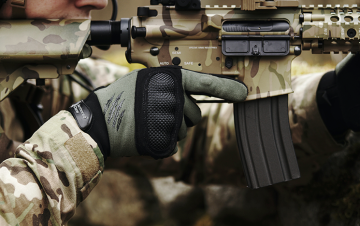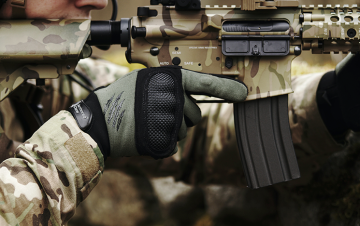
The transfer of a servicemember is possible for a number of valid reasons defined by the current legislation of Ukraine. Among the most common grounds are the servicemember’s or their close relatives’ health condition, the need to care for family members, relocation of the family, social circumstances, or other exceptional life situations. In some cases, a transfer may be due to service necessity, agreed upon with the command.
To confirm the grounds, the applicant must provide relevant documents — medical certificates, inspection reports, birth or marriage certificates, extracts from guardianship authority documents, etc. A legal assessment of these documents is often necessary to increase the chances of the report being approved.
It is important to note that a poorly substantiated report or the absence of supporting materials may result in refusal. That is why it is advisable to consult a lawyer in advance regarding the appropriateness and format of document submission.
How to properly draft a transfer report: legal requirements?
- The report must be submitted in written form, addressed to the immediate commander, and must contain a clear request for transfer. The document should include the applicant’s rank and position, a justified reason for the transfer, the desired place or unit of service, and a list of attached documents.
- The law does not prescribe a standard report template, but there are commonly used formats that comply with the Ministry of Defense requirements and HR practices. Legal assistance during the preparation of the report allows all legal nuances to be taken into account and helps avoid errors that may be treated as formal violations
- Copies of documents supporting the grounds for transfer must be attached to the report. It is also recommended to keep a copy of the submitted report with a receipt stamp or to send it by registered mail to document the fact of submission.
Review of the report and possible grounds for refusal
- After submission, the command considers the report within the prescribed time frame — usually within 10 to 30 days, depending on the circumstances. During the review, an additional internal investigation or request for clarifying documents may be conducted. If the report meets the requirements, it is forwarded for approval to higher command or to the personnel management authorities.
- Refusal to transfer may be based on insufficient supporting documents, lack of vacancies in the desired unit, or service-related necessity. In such cases, the servicemember has the right to resubmit the report after addressing the shortcomings or appeal to higher authorities.
- A lawyer can assist in preparing objections to the refusal, formulating a new justification, or supporting the filing of a complaint with military administrative bodies. In the event of a serious violation of rights, the case may be brought before an administrative court.
- Seeking legal assistance when submitting a transfer report significantly increases the chances of a positive outcome, helps avoid common mistakes, and ensures legal support in case of refusal or delays. On the Legal Marketplace Consultant, you will find specialists who can help you go through this process quickly, professionally, and lawfully.
ConclusionThe procedure for transferring a servicemember requires careful preparation of documents and strict compliance with legal requirements. It is important to justify the reasons for the transfer properly, prepare the report correctly, and attach all supporting materials.
Any formal error or lack of evidence may serve as grounds for refusal.




































